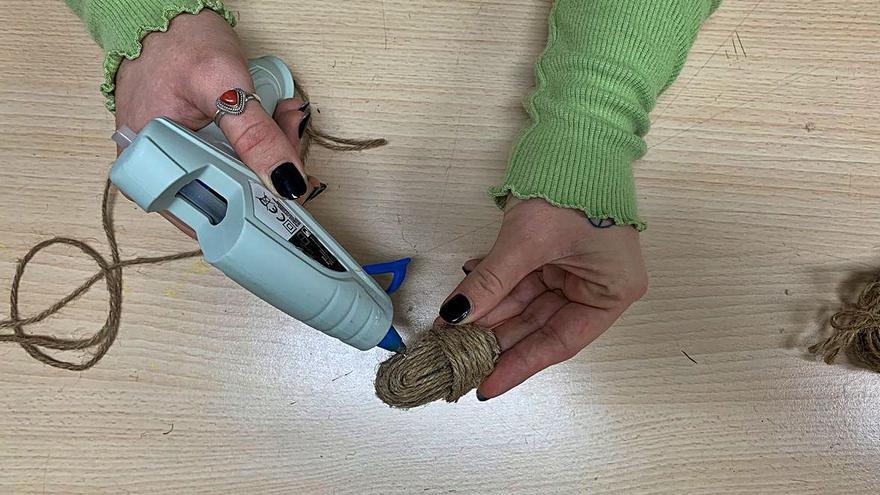Cardiovascular diseases are diseases of the heart and vessels which essentially group together cardiac damage, but also vascular.
Indeed, cardiovascular disease is a public health problem today. Among the most common cardiovascular diseases are high blood pressure, stroke, myocardial infarction, heart failure, venous disease, thromboembolism, and arthritis of the lower limbs. The management of these pathologies is multidisciplinary. It is a question of drug management, and not drug. The non-drug management concerns the rules of hygiene and diet, and an adapted physical activity.
It is important to mention that physical activity falls within the framework of the management of cardiovascular diseases. In cardiology, physical activity is an adjuvant therapy in addition to drug therapy. This effect is indicated in patients with high blood pressure, heart failure, myocardial infarction, thronboembolic venous disease or obliterating arterial disease of the lower limbs. All of these patients should have a program of physical activity.
In addition, he spoke of sedentary disorder which is a major handicap for the human organism. According to WHO, anyone who does not walk 30 minutes a day is sedentary. Sedentary disease promotes, among other things, the development of arterial hypertension, diabetes, hypercholestrolemia, which are major cardiovascular risk factors. Currently, strokes and myocardial infarction are mainly diseases due to the development of the aroma.
Lathrome is favored by cardiovascular risk factors such as diabetes, hypertension, smoking, sedentary disease, hypercholestrolemia.
The major risk is the occurrence of a fatal myocardial infarction, stroke or sudden death.
Cardiovascular rehabilitation is an asset for patients with heart failure, myocardial infarction, Oblitrant Arthritis of the lower limbs (PADI).
It improves the quality of life of patients, ensures their autonomy and promotes adherence to medication.
Cardiovascular rehabilitation is made up of three phases, namely a hospital phase provided by the medical team where the patient is quickly placed in the chair, then up early and ambulated; the pre-hospital phase or phase 2 which is the most important phase taking place in the rehabilitation unit. The importance of this phase is to adapt the heart to the effort. An optimal psychological care and therapeutic education. As for the third or maintenance phase, it is done with the attending physician. It aims to consolidate the achievements of phase 1 and phase 2.
The benefits of physical activity on general health
It should be noted that physical activity contributes to the health of the heart, body and mind. It contributes to the prevention and management of chronic non-communicable diseases including cardiovascular diseases, depression, anxiety, chronic respiratory diseases, and certain cancers including digestive cancer. Physical activity also improves thinking, learning and judgment skills which are of interest to younger people. It guarantees healthy growth and development in young people.
Despite the benefits of physical activity, it has been noted that globally a quarter of adults do not engage in physical activity to recommended standards. According to WHO, 5 million deaths are per year thanks to good physical activity practice. Thus adults with insufficient physical activity have a risk of death of 20-30% compared to those who practice a physical activity meeting WHO standards.
Recommended volume of physical activity
Regarding the volume of activities to exercise, it is recommended for children under five (5) years of age to intensify the games on the floor, while for those of 1 2 years, they need a minimum of 180 minutes of activity with 60 minutes of intense activity. modres sustained daily. For children 5 to 17 years old, 60 minutes of sustained moderate intensity per day is recommended, three times per week. In adults it takes 150-300 minutes per week of moderate intensity activity.
By Laouali Souleymane (onep)
–


